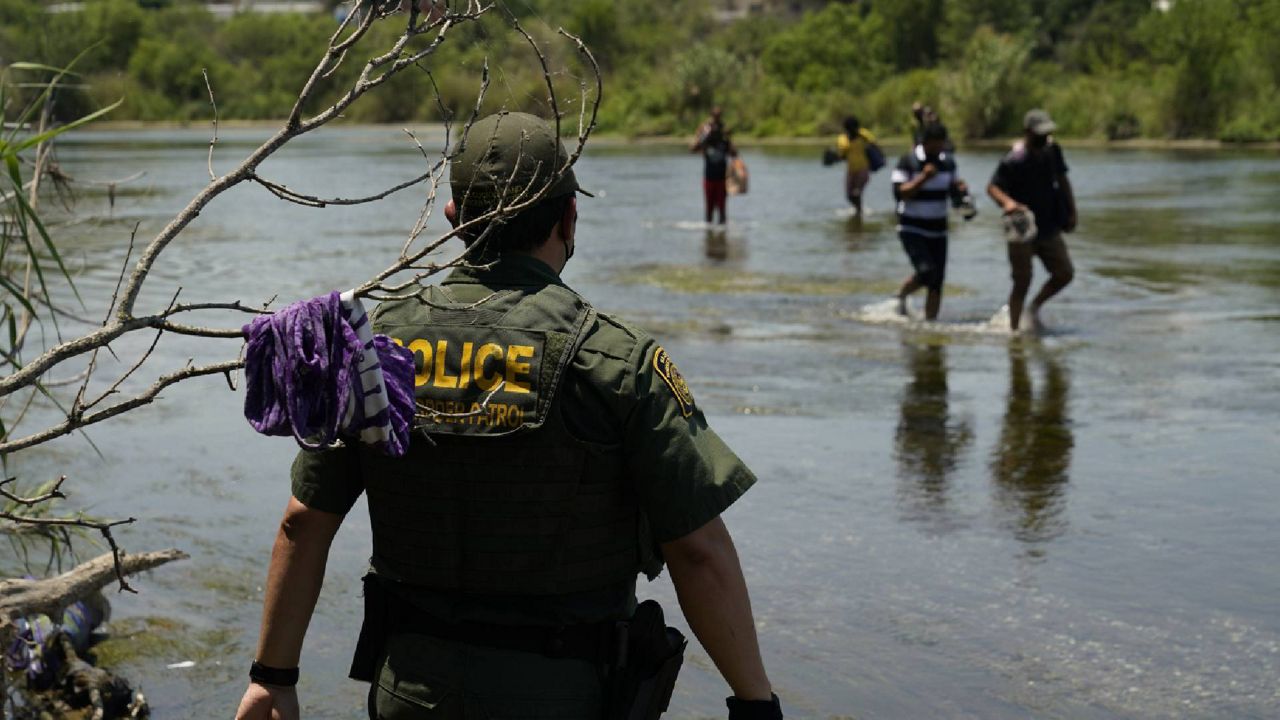The Department of Homeland Security’s internal watchdog has raised concerns in a report about the Border Patrol’s evaluation methods for identifying potential terrorism-linked threats among migrants, with a significant emphasis on a 2022 incident involving a migrant who was later found on the FBI’s terrorist watchlist. Border Patrol agents had reportedly released the individual and his family before federal law enforcement officials could confirm his status on the Terrorist Screening Dataset, an FBI tool used to track known or suspected terrorists and their affiliates.

The Border Patrol routinely screens migrants apprehended along land and coastal borders for criminal and immigration records and conducts searches in terrorism databases. However, the OIG report stated that agents in Arizona released this specific migrant before a pending terrorism database search could be conclusively resolved. The migrant’s status on the terrorism watchlist was confirmed only when he checked in for a flight to Florida. Subsequently, two weeks after entering the U.S., the migrant was apprehended in Florida by Immigration and Customs Enforcement (ICE), which faced challenges accessing information about his records.

The report cautions that the current practices for handling inconclusive Terrorist Watchlist matches increase the risk of potential threats in the United States. In response to these findings, DHS criticized the report, asserting it sensationalizes and misrepresents a complex case, and defended the actions of Border Patrol and ICE agents, stating they took “appropriate steps to ensure there was no threat to the public.”

According to the report, the migrant, who was with family members, came into Border Patrol custody near Yuma on April 17, 2022. After an unsuccessful attempt by the FBI to ascertain whether the migrant was on the terror watchlist, the Border Patrol was asked to interview him. However, due to miscommunication, this interview did not occur. The migrant was released from custody on April 19, despite an unresolved terrorism database search. Agents in Yuma cited deficient procedures and pressure to quickly release detainees due to overcrowded facilities as reasons for this decision. It was only later, as the migrant was preparing to fly from California to Florida, that the Transportation Security Administration (TSA) provided information that confirmed his presence on the terrorism watchlist. Despite facing difficulties in obtaining information about the migrant, ICE managed to arrest him on May 6.

Reacting to the report, a DHS official insisted that Border Patrol was unaware of the migrant’s watchlist status at the time of release. He also mentioned that he was tracked via a GPS-enabled ankle monitor.
This all comes amid a surge in apprehensions of migrants on the FBI’s terrorism watchlist, even though they constitute a minute fraction of total border crossings. According to government figures, the number of migrants apprehended along the U.S.-Mexico border on positive terrorism watchlist matches has already exceeded the previous year’s record.






